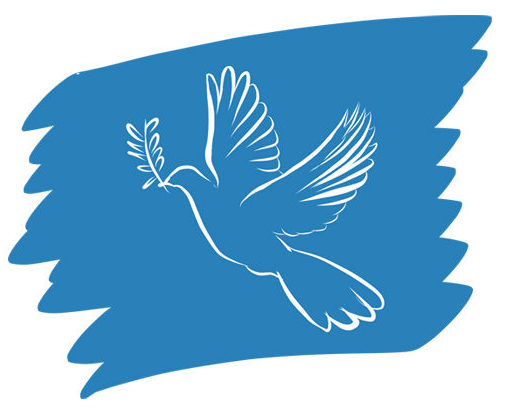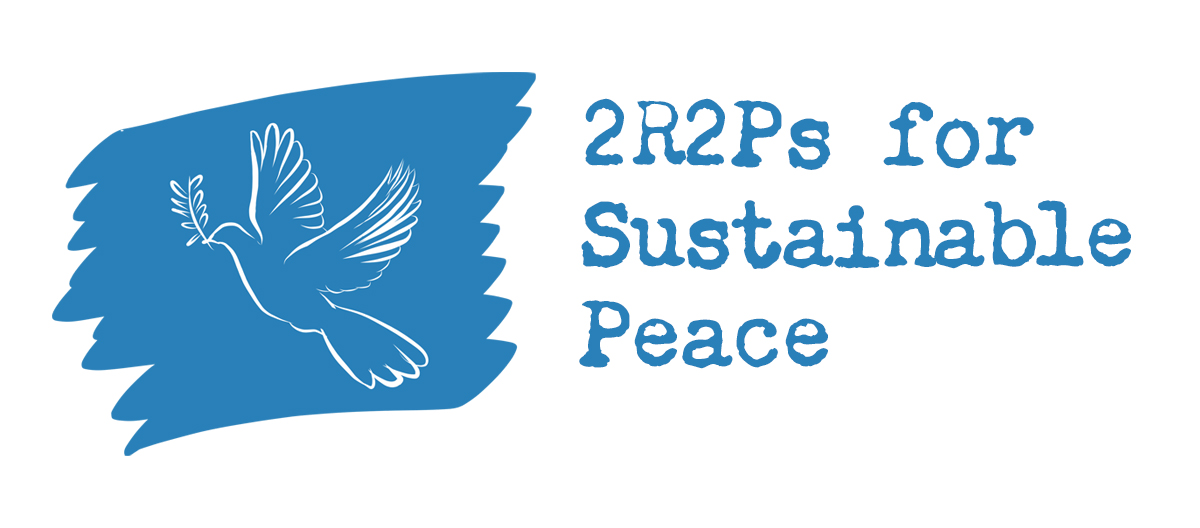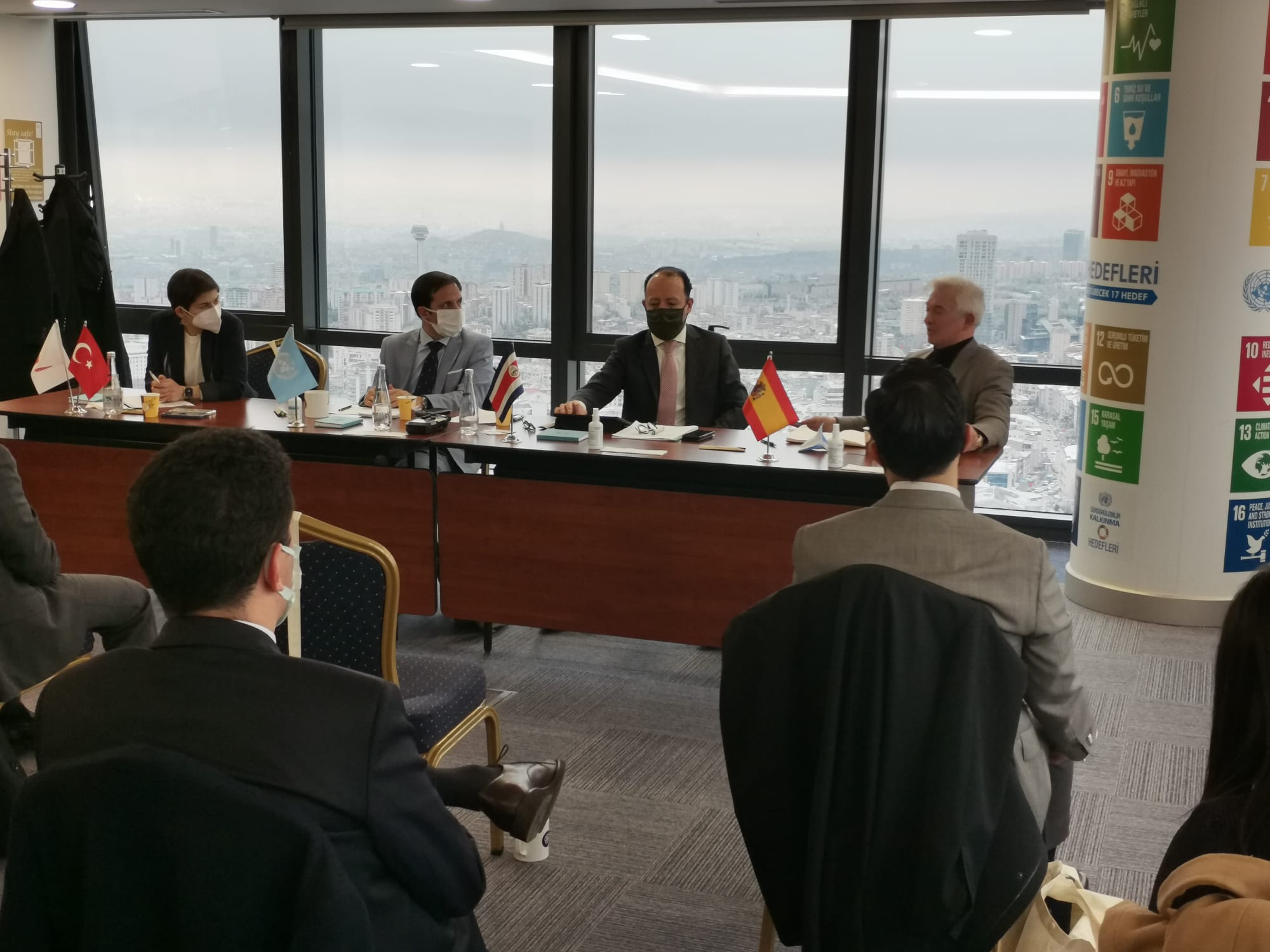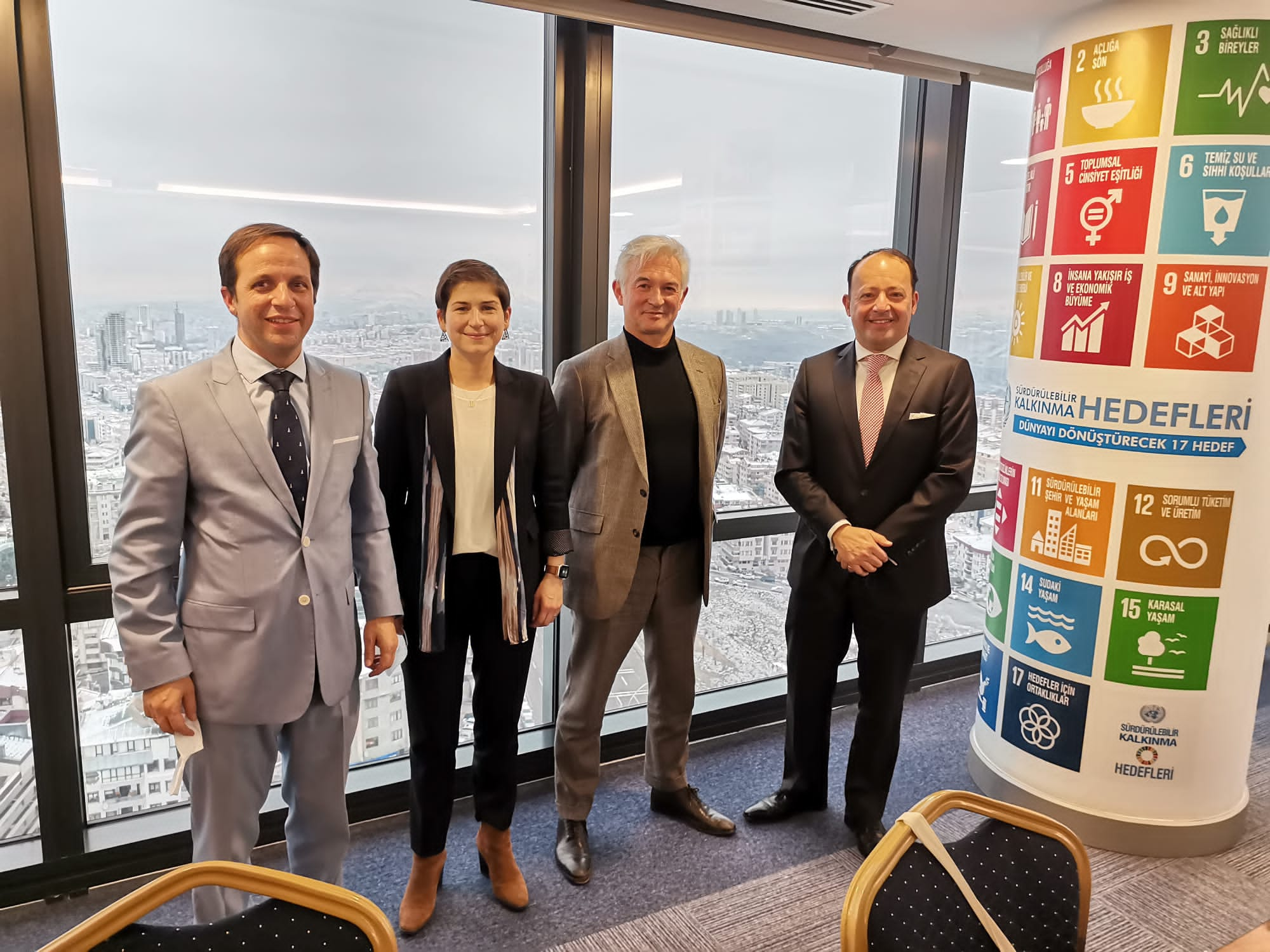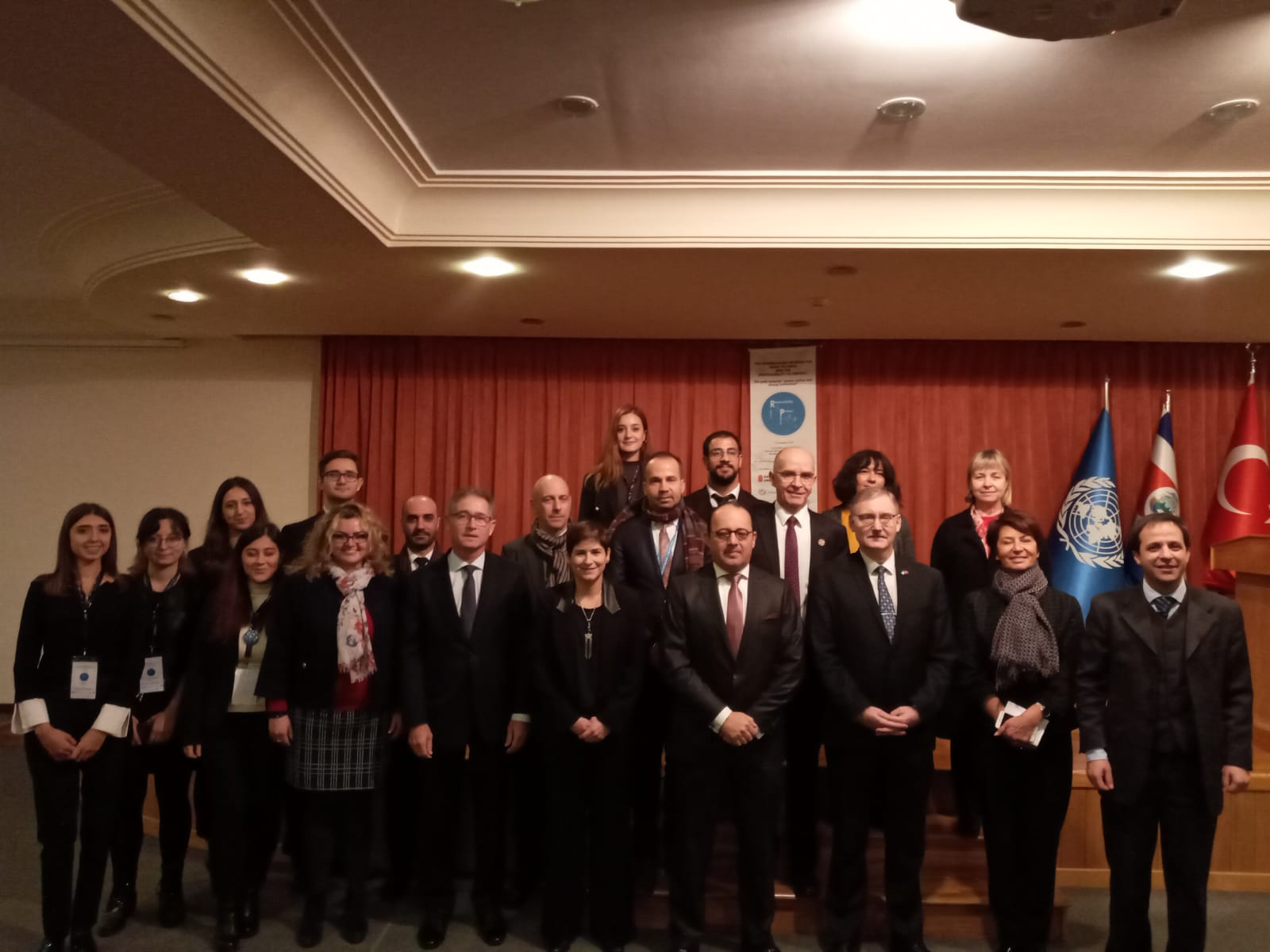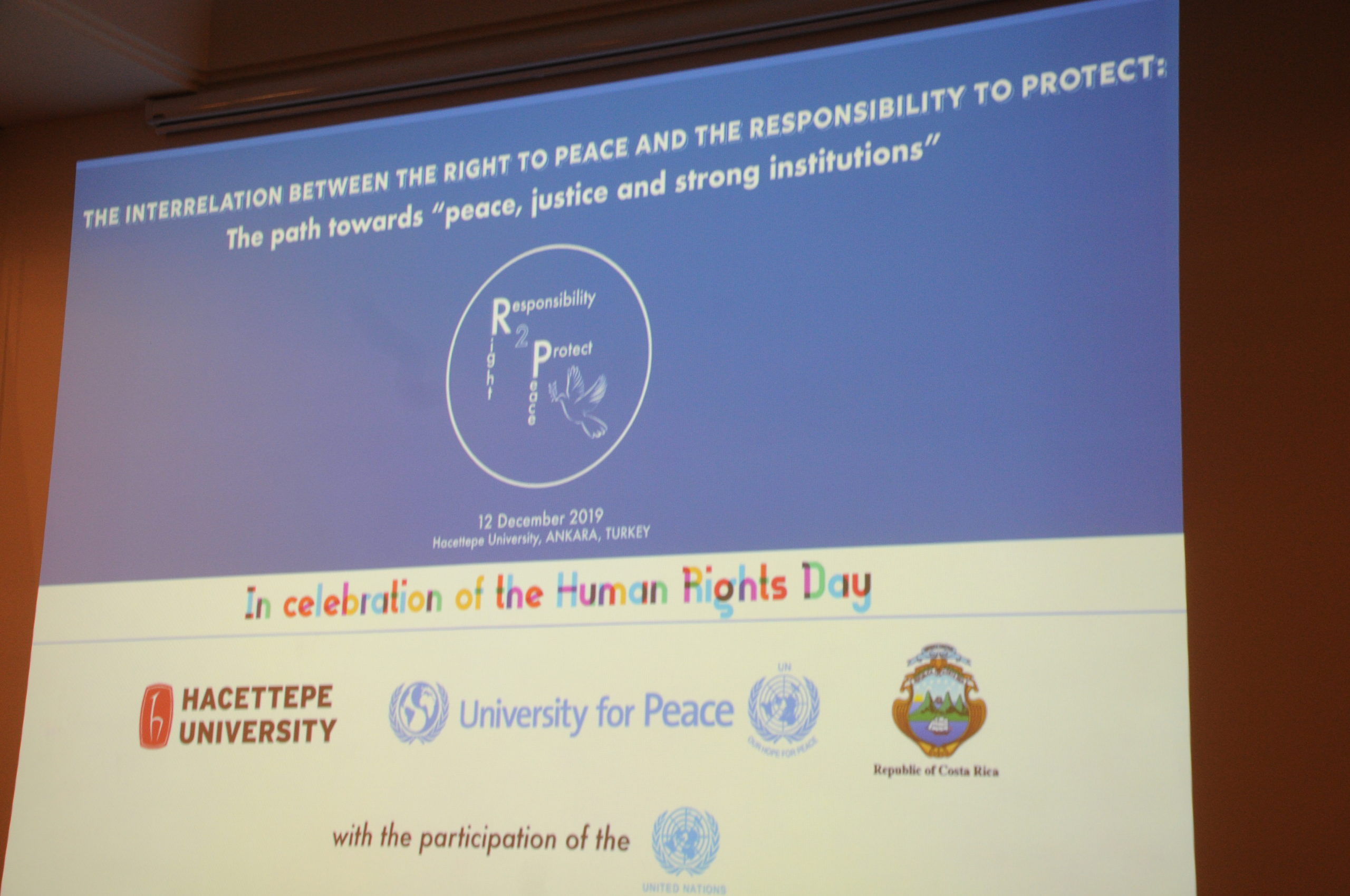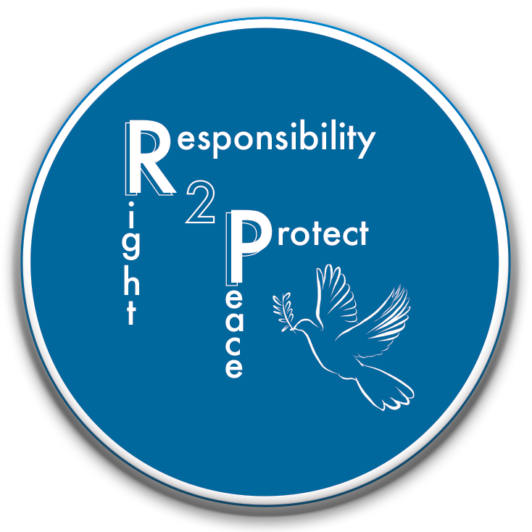The “2R2Ps for Sustainable Peace” initiative draws attention to the interrelation between the Right to Peace and the Responsibility to Protect (R2P), and seeks ways to achieve the targets of...
“2R2Ps for Sustainable Peace” Initiative
The “2R2Ps for Sustainable Peace” initiative draws attention to the interrelation between the Right to Peace and the Responsibility to Protect (R2P), and seeks ways to achieve the targets of Sustainable Development Goal 16 (SDG16). It is a collaborative project carried out by the Embassy of Costa Rica in Turkey, Hacettepe University and University for Peace.
This initiative fundamentally seeks ways to achieve peace and protection through the 2030 Agenda for Sustainable Development, and specifically the realisation of SDG 16. Accordingly, it addresses the mutually reinforcing components of the Right to Peace and R2P agendas for purposes of implementation, and by bringing academics and practitioners together it seeks for further conceptual and practical development of the two overlapping frameworks in light of SGD 16. It also aims to raise awareness of tools and principles already existent within the UN system; achieve through dialogue an understanding of the objections of certain states to the two principles; and search for compatible ways for internalization tailored to the specific needs of different societies.
The “2R2Ps for Sustainable Peace” Initiative was officially launched in the meeting convened on 12 December 2019 at Hacettepe University, in Ankara, Turkey, with the participation and valuable contributions of the UN representatives resident in Turkey. The Initiative aims to continue the constructive debates with the annual meetings and roundtables convened, and by bringing practitioners, academics and other stakeholders together.
The Interrelation between the Right to Peace and the Responsibility to Protect: The path towards “peace, justice and strong institutions”
The Charter of the United Nations recognizes that peace is more than the absence of war and therefore, it includes outstanding legal provisions of international human rights law to be applied by the international community as a whole, which should be aimed at eliminating progressively those issues likely to cause war. The analysis of international human rights instruments confirms the conviction that respect for all human rights, including the right to development, is at the core of peace.
In this sense, on 19 December 2016, the United Nations General Assembly adopted in Resolution 71/189 the Declaration on the Right to Peace, which declares in Article 1 that “Everyone has the right to enjoy peace such that all human rights are promoted and protected and development is fully realized”.
The 2030 Agenda for Sustainable Development and the concept of Sustaining Peace, as outlined in Security Council Resolution 2282 (2016) and General Assembly Resolution 70/262, are complementary and mutually reinforcing. Sustainable development underpins sustainable peace and more peaceful and inclusive societies create an environment conducive to sustainable development. Sustainable peace is both an enabler and an outcome of sustainable development.
In recognition of the fundamental interlinkages between the 2030 Agenda and Sustaining Peace, the President of the General Assembly convened a High-Level Dialogue entitled “Building Sustainable Peace for All: Synergies between the 2030 Agenda for Sustainable Development and the Sustaining Peace Agenda” on 24 January 2017 at UN Headquarters in New York.
In this important global debate on sustaining peace environment and peace are cross-cutting and relevant in all areas of conservation, sustainable development and security. Building more effective environmental governance and policy can reduce conflict and ensure security from local to global levels. By reducing conflict and conflict potential and by strengthening environmental security we lay the ground for enduring social and environmental sustainability.
Another important milestone to consider is the adoption by the General Assembly in October 2005 of the World Summit Outcome Document (WSOD), which under Paragraphs 138 and 139 established the framework of the “Responsibility to Protect” (R2P). Accordingly, it was accepted that state sovereignty also entails the responsibility of the states to protect their populations from the four grave crimes of “genocide, war crimes, crimes against humanity and ethnic cleansing”, and that the international community commits itself to assist states in upholding this responsibility as well as to assume the responsibility to protect the concerned population in the case of a state’s manifest failure. Moreover, Paragraph 139 also placed emphasis on the necessity for the General Assembly to continue discussions on R2P. In this vein, specifically since 2009, the debates on R2P have been taking place following the comprehensive reports of the UN Secretary-General. While the 2009 dialogue was the first formal one, the subsequent debates took place as informal interactive dialogues. In 2018, in a positive development, the dialogue on R2P was placed on the formal agenda of the General Assembly for the second time with the efforts of some Member States. As the records of the latest formal debate reveal, despite the growing rhetorical support for embracing R2P globally and for implementing it in an early and robust manner, there still are concerns of certain states regarding the perceived conflict between R2P and state sovereignty, as well as concerns pertaining to the third pillar of R2P, which involves measures up to and including the use of force. Concerns/reluctancies coupled with lack of political will on the part of individual states most often result in late implementation or non-implementation of R2P in humanitarian crises. Therefore, it is of great importance to grasp the true nature and objectives of the R2P framework in order to achieve the protection of populations at the global scale as well as the preservation of domestic, regional and international peace.
At the intersection of the right to peace and R2P lie peace and universal protection of human rights. In this vein, the strengthening of both and the clarification of the purposes and limits of R2P can also be considered in light of Number 16 of Sustainable Development Goals (SDGs), which is entitled “Peace, Justice and Strong Institutions”. In 2015, the Member States of the United Nations (UN) adopted the 2030 Agenda for Sustainable Development, which “provides a blueprint for peace and prosperity for people and the planet, now and into the future”.[1] SDG Number 16 covers not only the right to peace but also R2P. Accordingly, placing the goals of SDG Number 16 at the core, in its attempt to contribute to the continuing efforts of the international community, and specifically of the UN, the primary objectives of this project can be summarised as follows:
- To bring academics and practitioners together for further conceptual and practical development of the overlapping frameworks of the right to peace and the responsibility to protect as well as ensuring their implementation in an early and decisive manner;
- To shed light on the misconception and misperceptions of R2P that has been staggering its informal and formal debates under the roof of the General Assembly in order to contribute to the ongoing efforts of the UN Secretary-General to turn “words into deeds”.[2]
- To contribute to the internalisation of the right to peace as well as sovereignty as responsibility understanding at the domestic level, so that the right to peace can be realized at the domestic and international levels while the responsibility to protect is upheld by the state leaving no need for international involvement.
Notes:
[1] United Nations Sustainable Development Goals Knowledge Platform, Sustainable Development Goals. Available at: https://sustainabledevelopment.un.org/sdgs
[2] United Nations Meetings Coverage and Press Releases (UNMCPR). (2007, September 25). Secretary-General, in Address to General Assembly, Lays out Vision of Stronger, More Flexible, Efficient, Accountable United Nations, SG/SM/11182. Retrieved June 18, 2013, from http://www.un.org/press/en/2007/sgsm11182. doc.htm.
